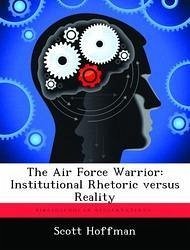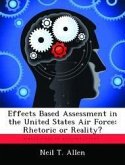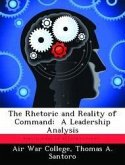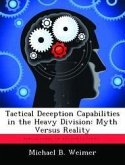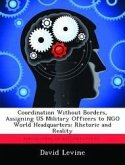The Air Force continues to transition to an enhanced capability for "remote war," driving the operator farther and farther from the battlefield, thereby greatly reducing exposure to physical danger. Concurrently, this movement to remote applications of force also affects the perception of who is a warrior, both within the Air Force and among sister services who continue to face danger on the battlefield. Unlike the sister services, particularly the Army and the Marines, in which a majority of the force trains for the specific task or purpose of physically engaging with the enemy, the majority of the Air Force is trained for the task or purpose of providing support to a relatively small number of combat Airmen. How Airmen perceive themselves and the Air Force directly affects the Air Force as an institution. If the perception within the Air Force is dramatically skewed from the perception outside the Air Force, credibility and influence diminish. Only by honestly assessing service capabilities, attitudes, and personnel requirements to accomplish the mission can the Air Force ensure that institutional rhetoric matches modern day reality. Defining the warrior and articulating a warrior ethos for a service as technologically adept as the Air Force is a daunting challenge. The current institutional description of the Air Force warrior is an all-inclusive "every Airman is a warrior," and an Airman is issued "warrior" credentials by simply reciting either the oath of enlistment or the oath of office. This notion that every Airman is a warrior is further codified in the Airman's Creed. One cannot deny all Airmen are essential for the Air Force to perform its wartime tasks, but does this qualify every Airman as a warrior?

